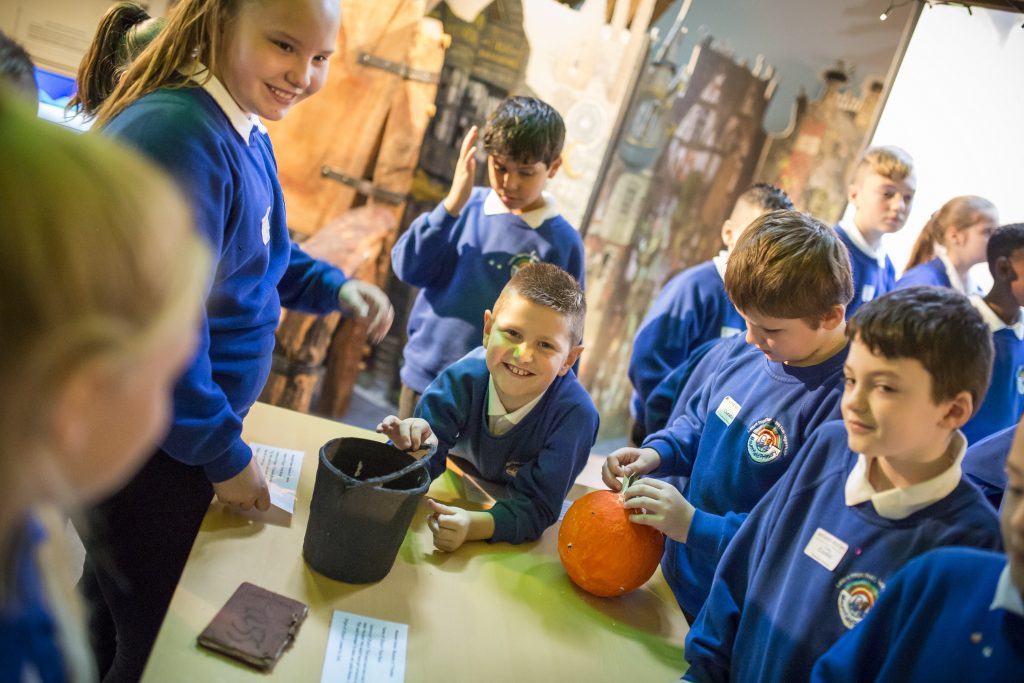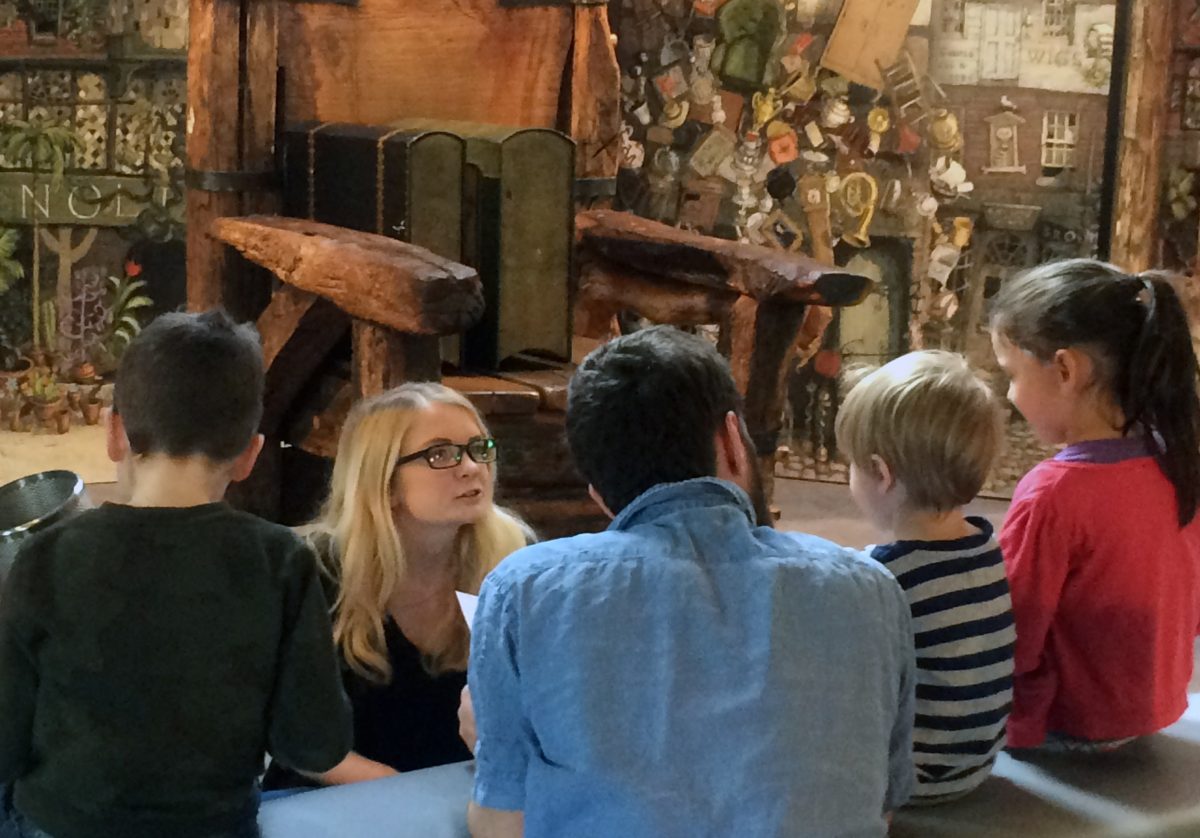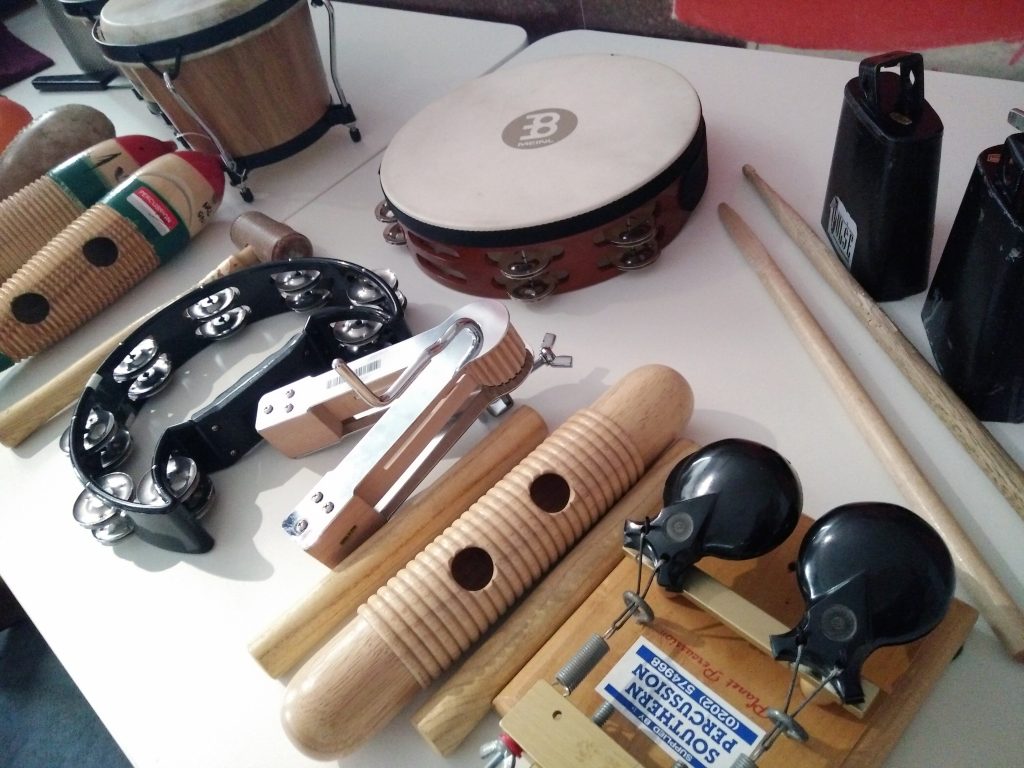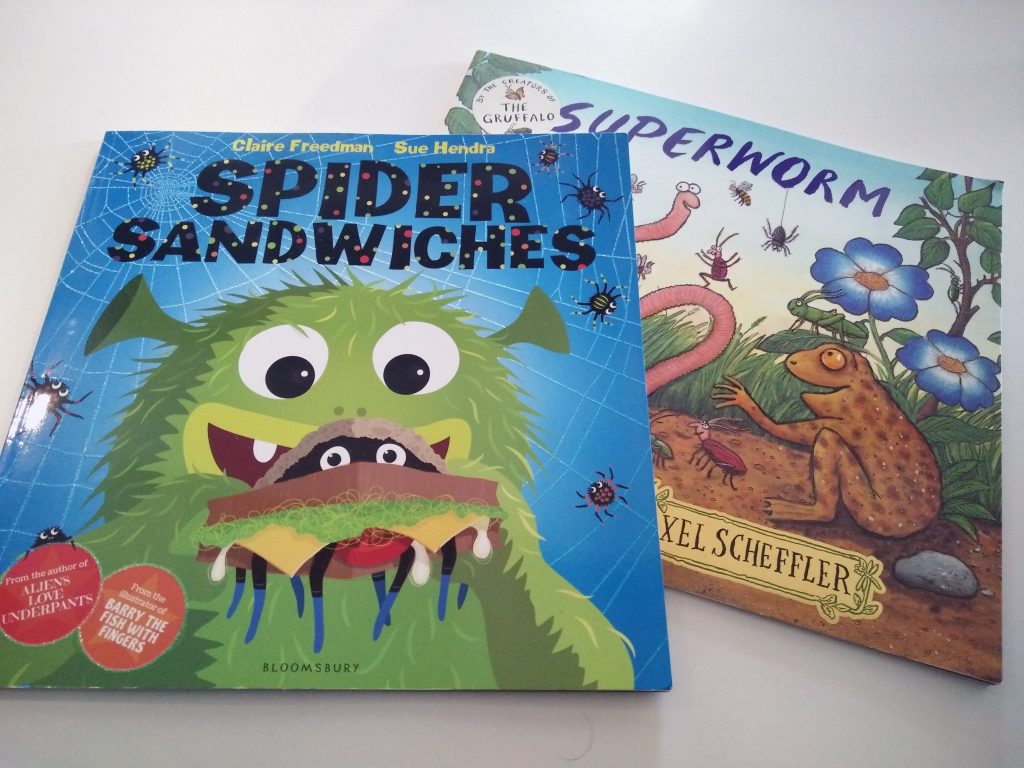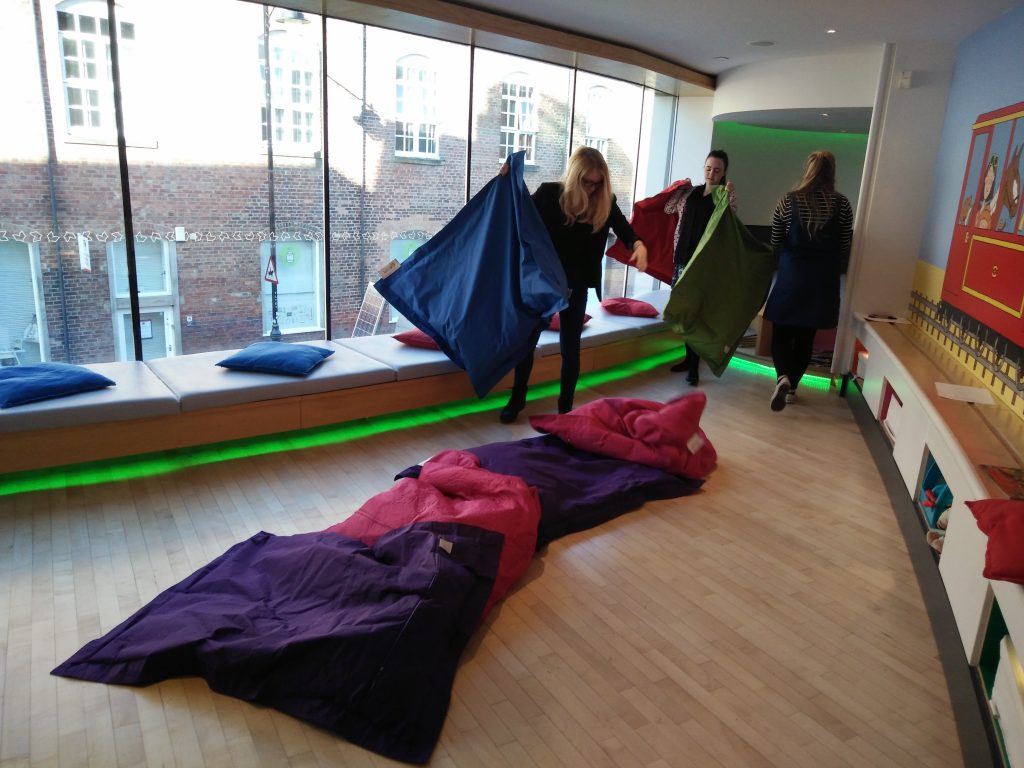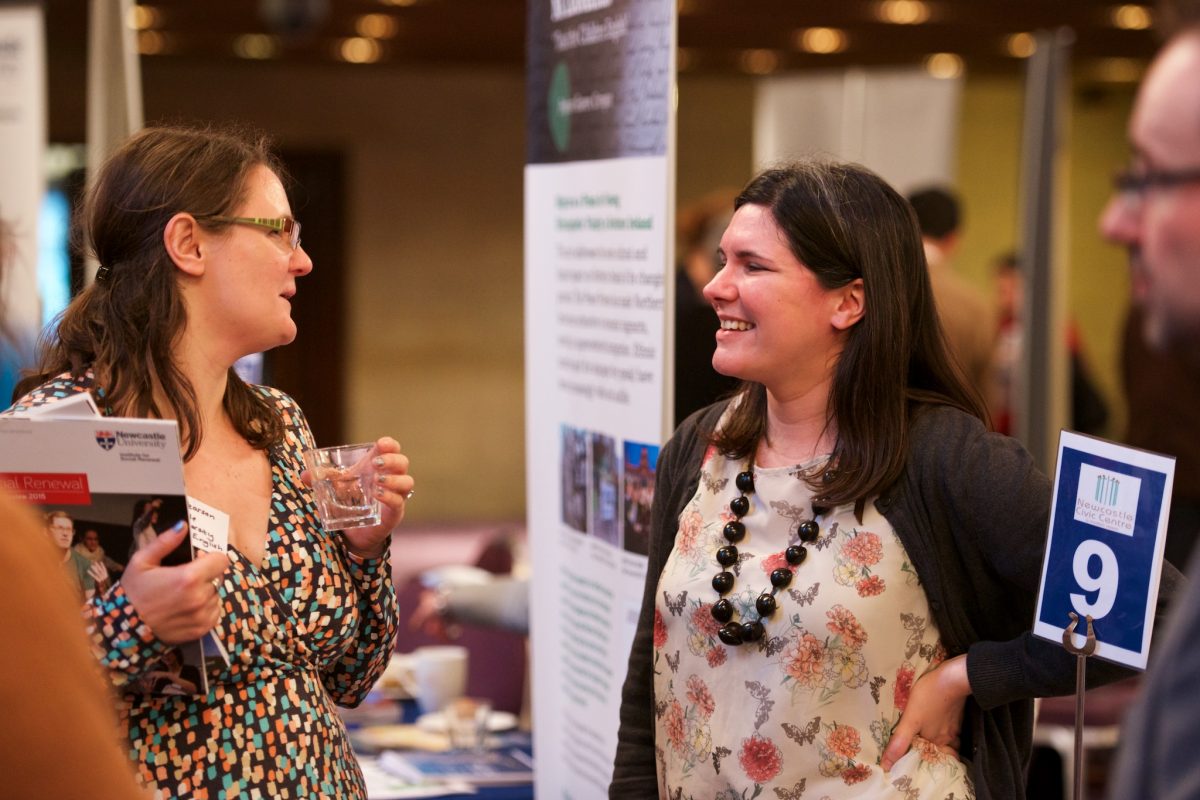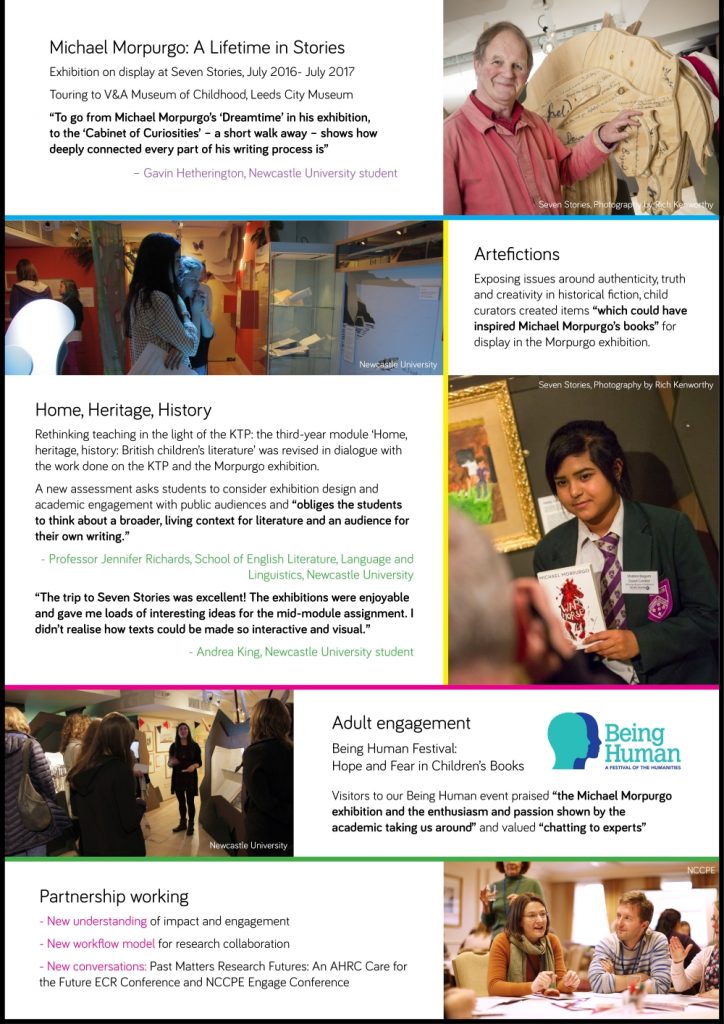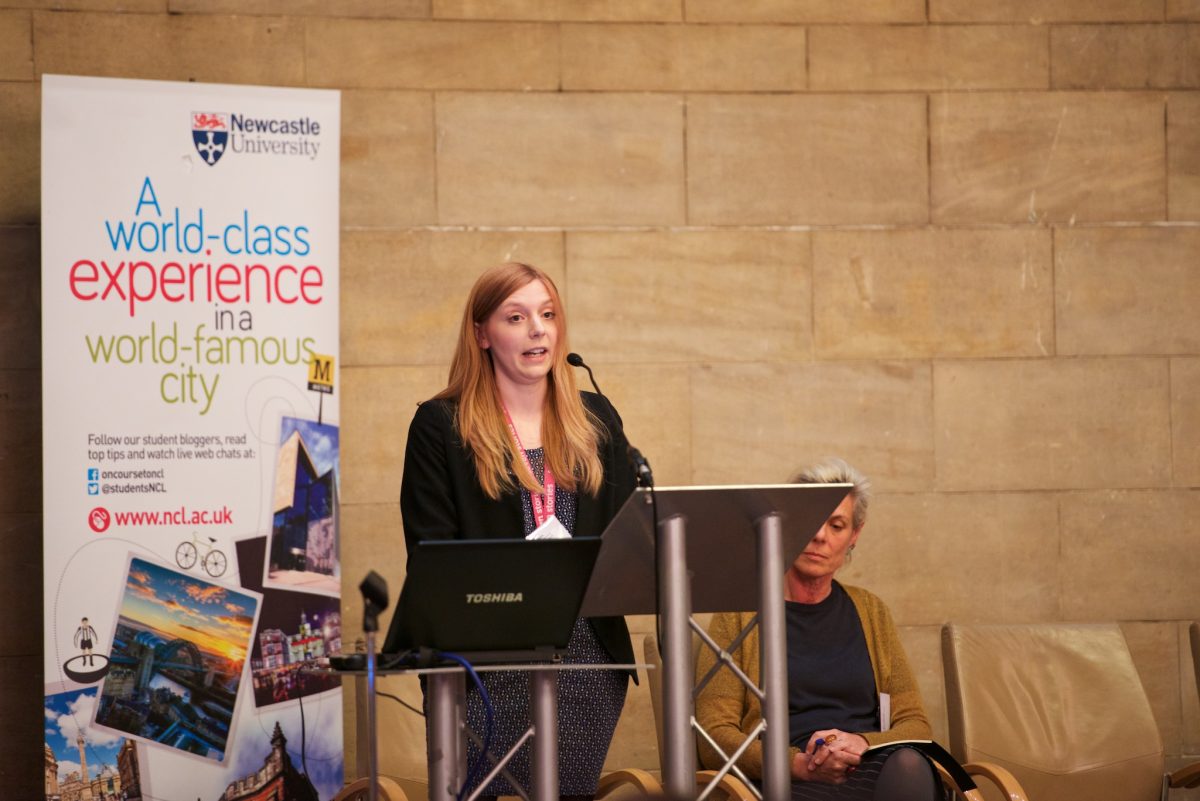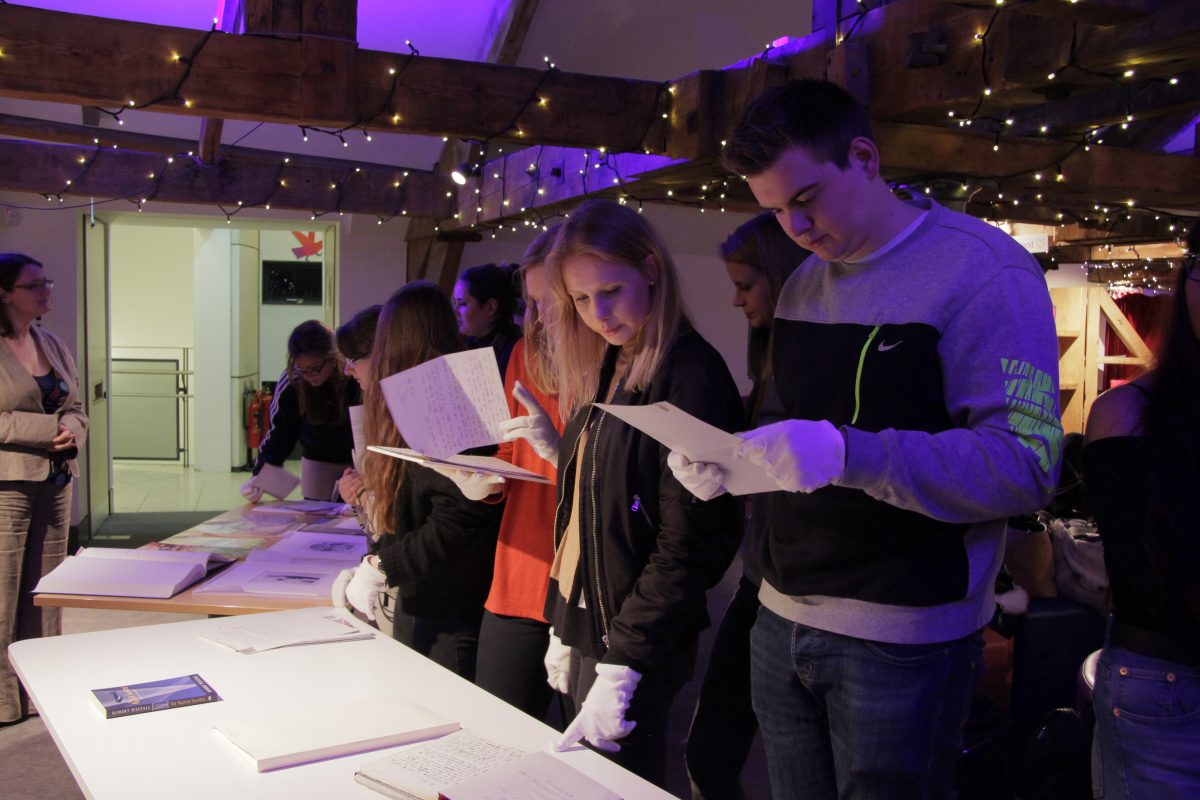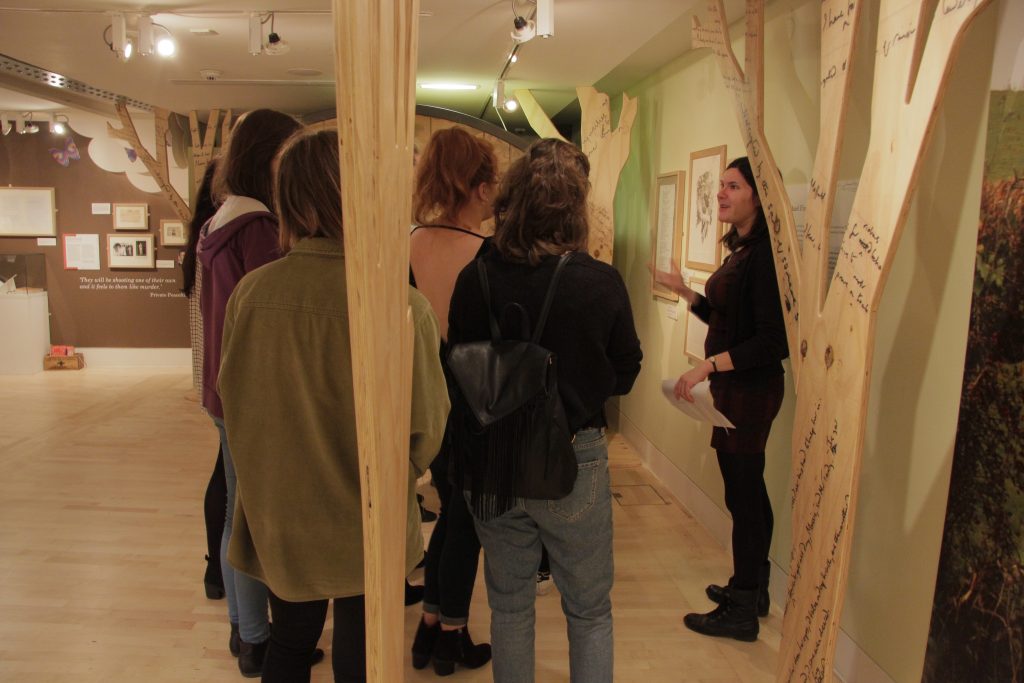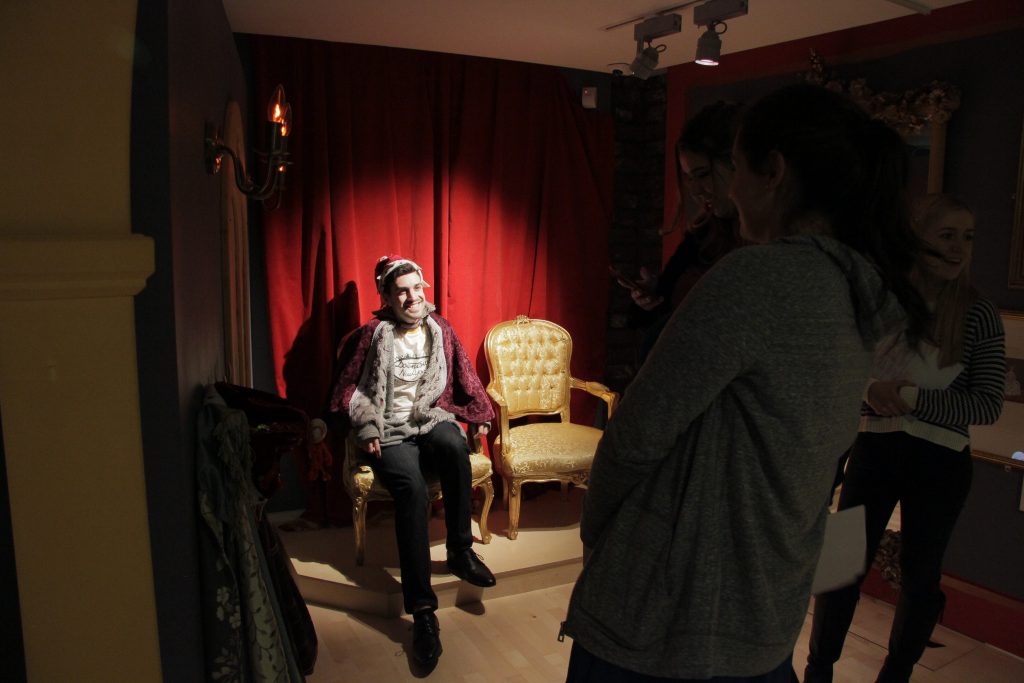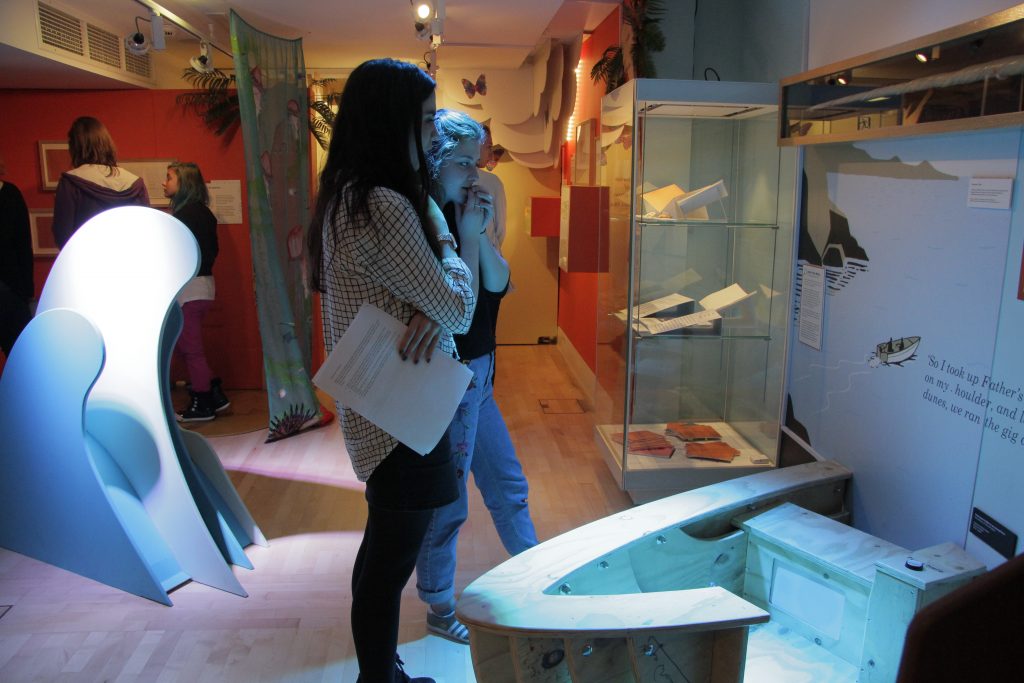Newcastle University’s Career Development Module enables stage two or final year students on selected degree programmes to complete a 20 credit module by undertaking a volunteering placement. This academic year, Seven Stories: The National Centre for Children’s Books have got involved in this module for the first time. Today I’m welcoming Charlie Shovlar to the Vital North Partnership blog to tell us all about her experience…
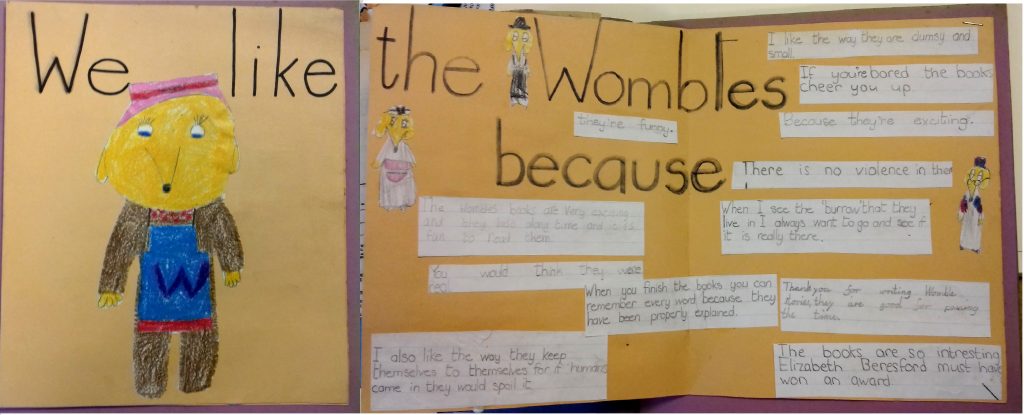
Hi Charlie! Tell us a bit about yourself.
Hello! I’m Charlie, a stage 3 Combined Honours student at Newcastle University; my subjects are Media, Communication and Cultural Studies and Philosophy.
What attracted you to do a Career Development Module with Seven Stories?
I’d previously been to the Visitor Centre in Ouseburn and loved it – the atmosphere, the exhibitions, everything. So when it came to choosing my placement, I was excited to see that Seven Stories was offering not one but three different options! Marketing, Environment, and Collections. I realised the Collections placement sounded best suited to me.
What are the benefits of doing a Career Development Module over a standard taught 20 credit module?
As I’m in my final year, this was my last chance to do a Career Development Module. I didn’t have any workplace experience, so throwing myself into a placement seemed like a good thing to do to help me gain important skills, especially as it would count for module credits at the same time.
So what have you been doing on your volunteering placement at Seven Stories?
During initial discussions about the placement with my supervisors, it came up that they had the Elisabeth Beresford collection, which was in need of sorting out! I have fond memories of The Wombles from when I was little, so I was very happy when they suggested my main task could be to organise the collection. I’ve come across some lovely illustrations, still images from the Wombling Free film, and countless adorable stories.
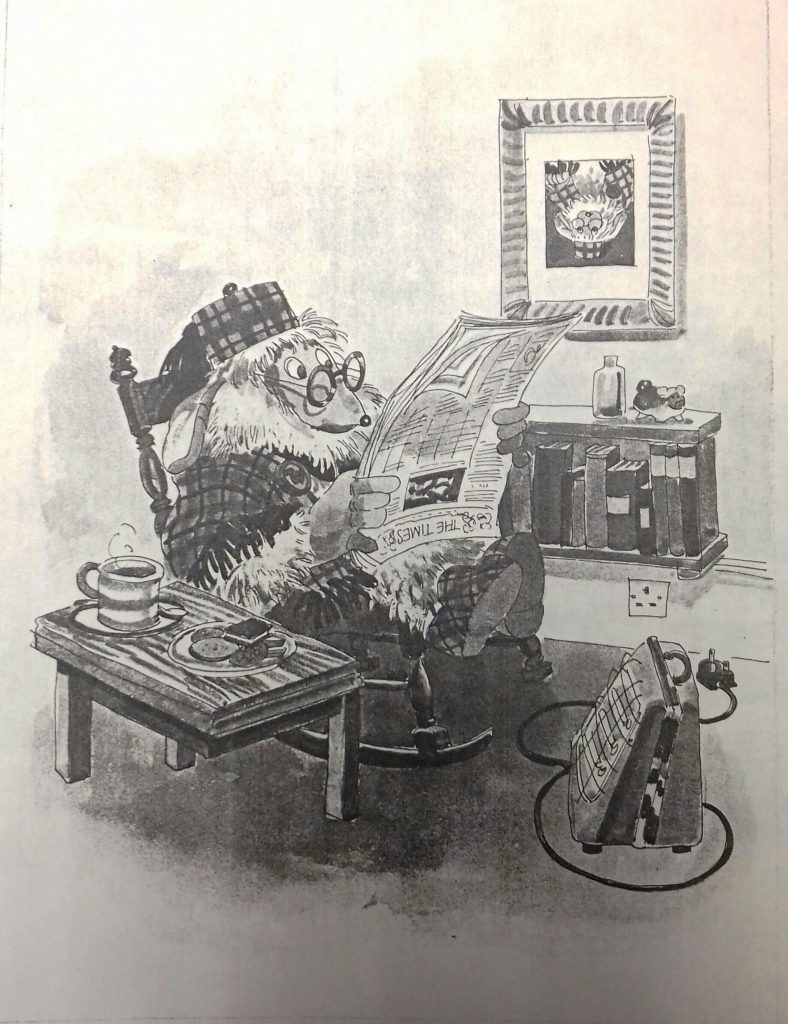
Towards the end of my placement I had the opportunity to spend some time at the Visitor Centre shadowing a Storycatcher and getting involved in a workshop with a school group, which was really fun. I also helped to review children’s books for the Hooks into Books scheme, which involves compiling packs of books that people across the Seven Stories team have read and reviewed, and sending them to primary schools.
What skills are you developing as part of your volunteering placement?
There has been opportunity to develop so many skills, new and existing. Aside from the Graduate Skills Framework that I need to keep track of for the module assessments, I noticed my work ethic improving a great deal – when I do work at home for other modules I get distracted all the time, but in the Seven Stories office the only distraction is the manuscripts I’m sorting through.
Also my planning and organisational skills have come on miles, as I have to make detailed notes each week so that I know where to begin next time. If I hadn’t written down where a particular few pieces of paper were, they could have been lost forever!
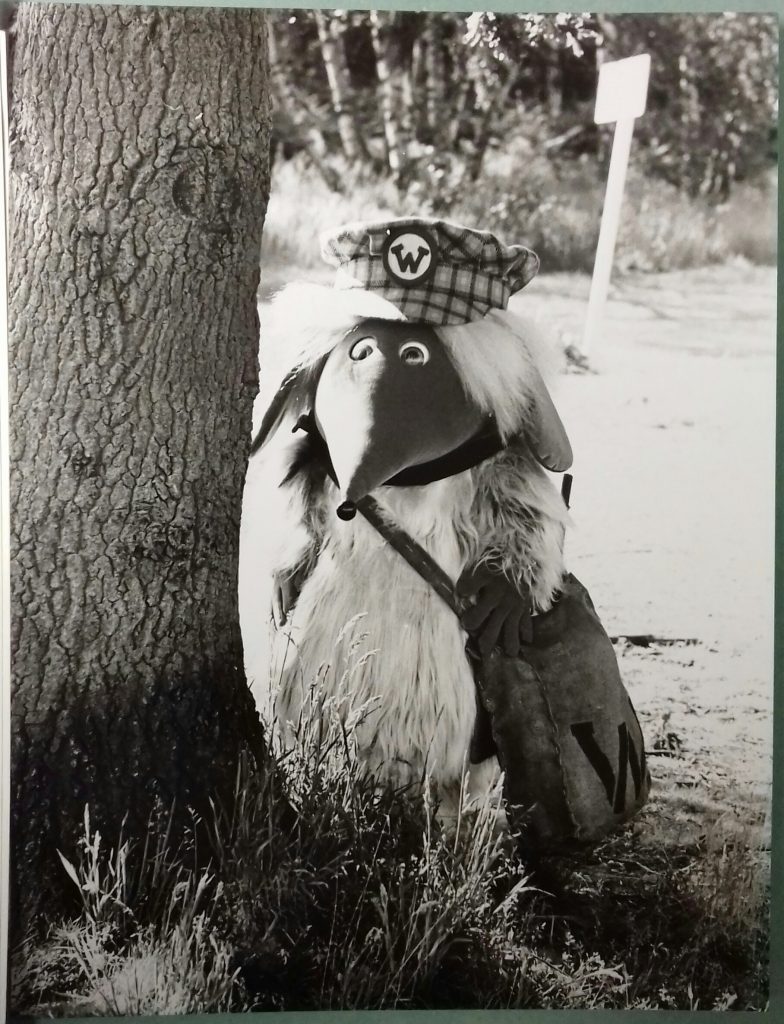
How will the Career Development Module impact on your future studies, research or career plans?
The module has required me to take a good look at my skills to consider what sort of career is best suited to my strengths. I’m never going to be amazing at communicating, but the work I’ve done at my placement has made me feel that I’m capable of more than I thought.
A personal skills audit that we did in one of the module seminars revealed that by far my main strength is personal enterprise – that means problem-spotting, coming up with creative solutions, and embracing new perspectives. Hopefully I can bring this to wherever I end up after I graduate.
Is there anything else you’d like to tell us?
Just that I’ve massively enjoyed my time at Seven Stories, thank you for the experience and I’m going to miss the team.
Go Wombles!
Thanks Charlie! If you’re interested in undertaking a Career Development Module in 2017/18, have a look at Seven Stories’ Collections and Exhibitions placements and apply now.


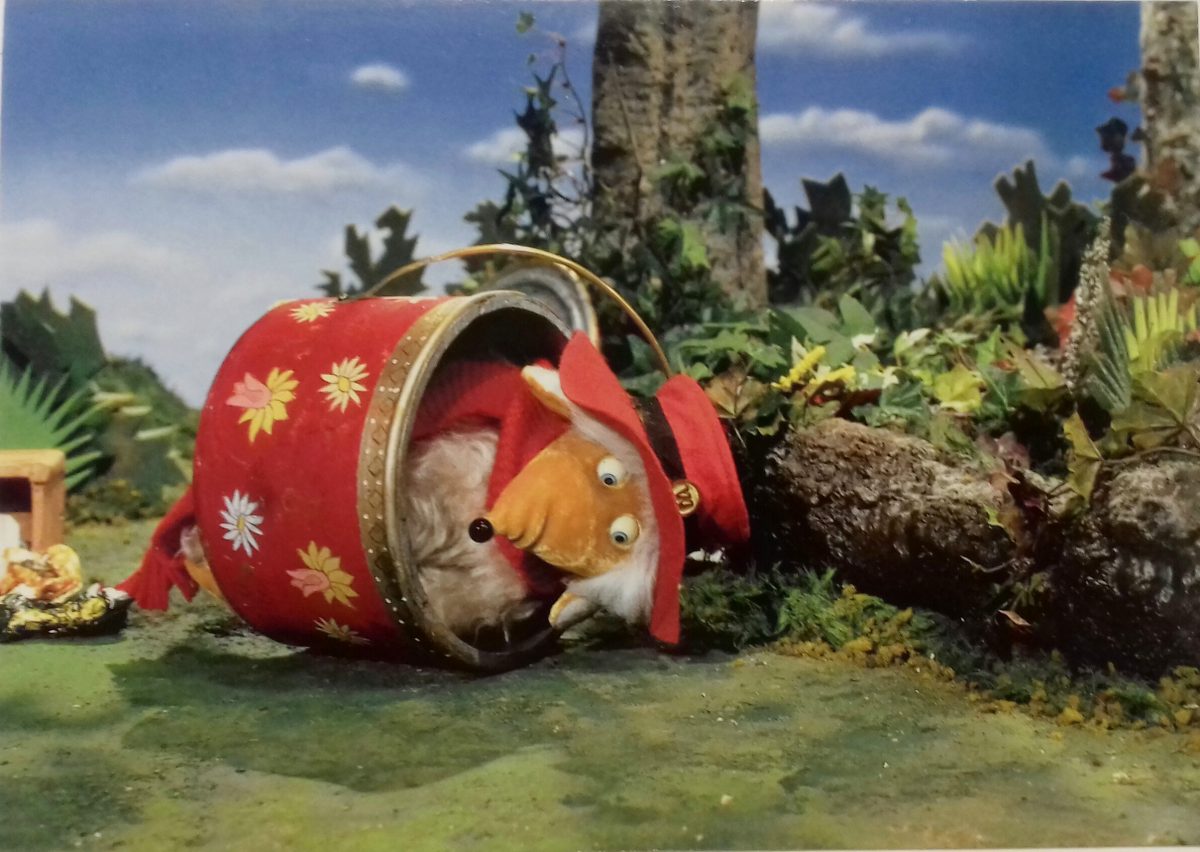
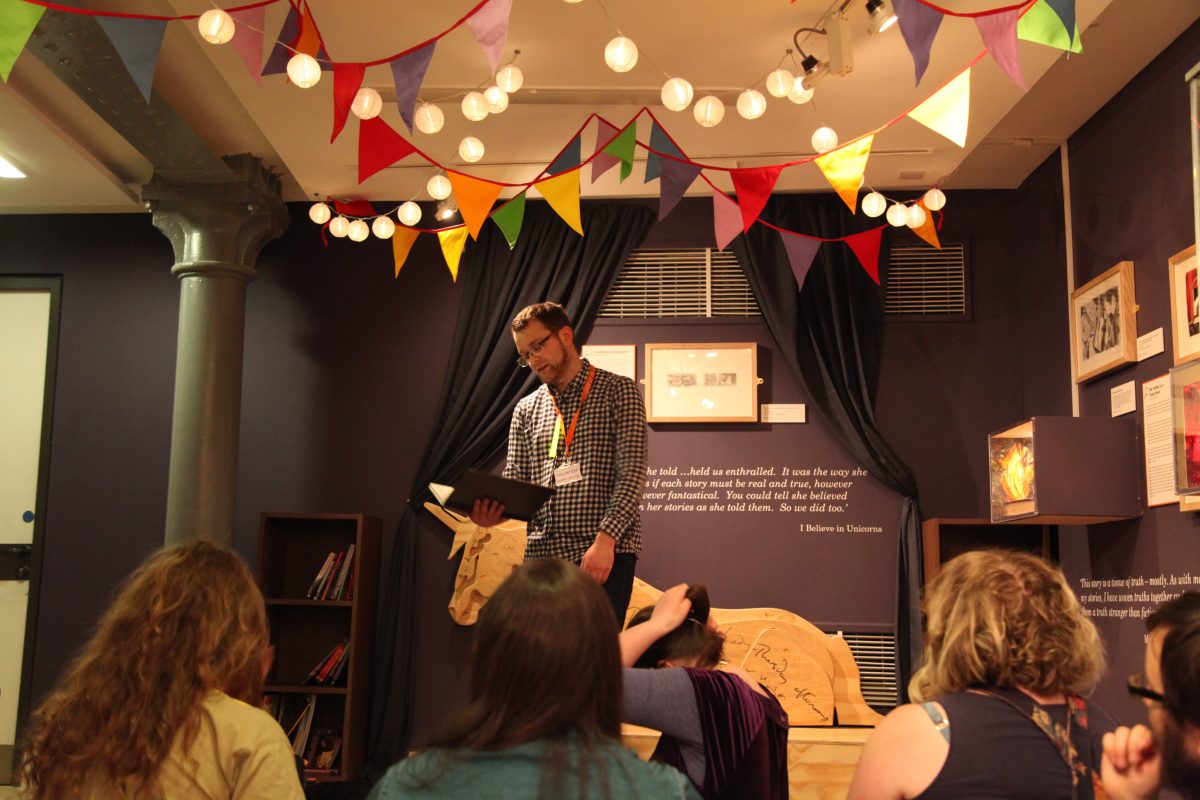
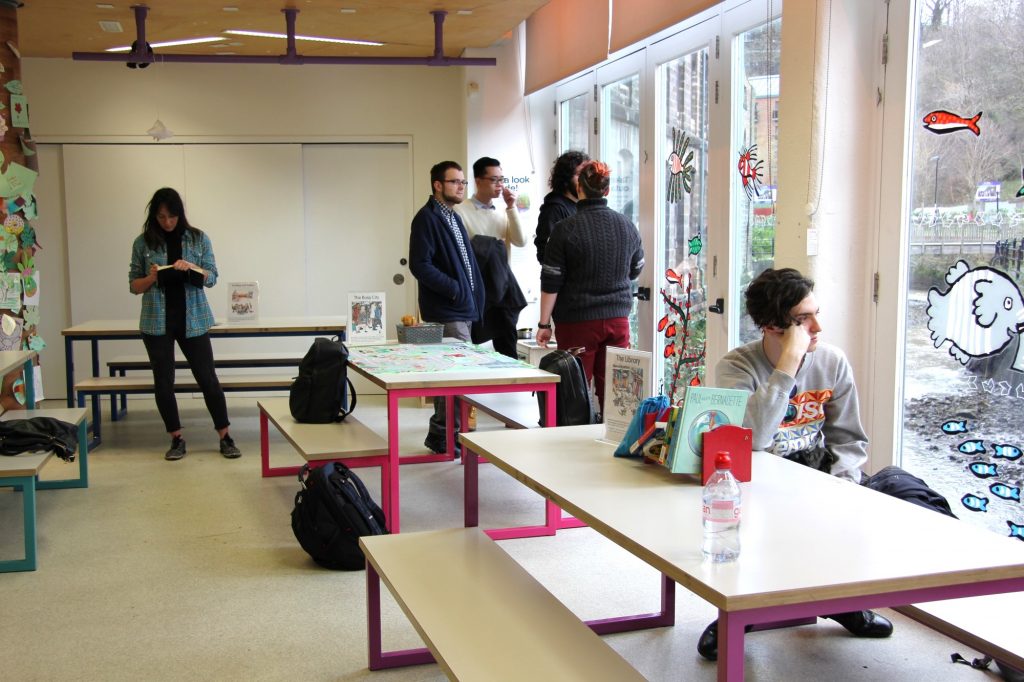

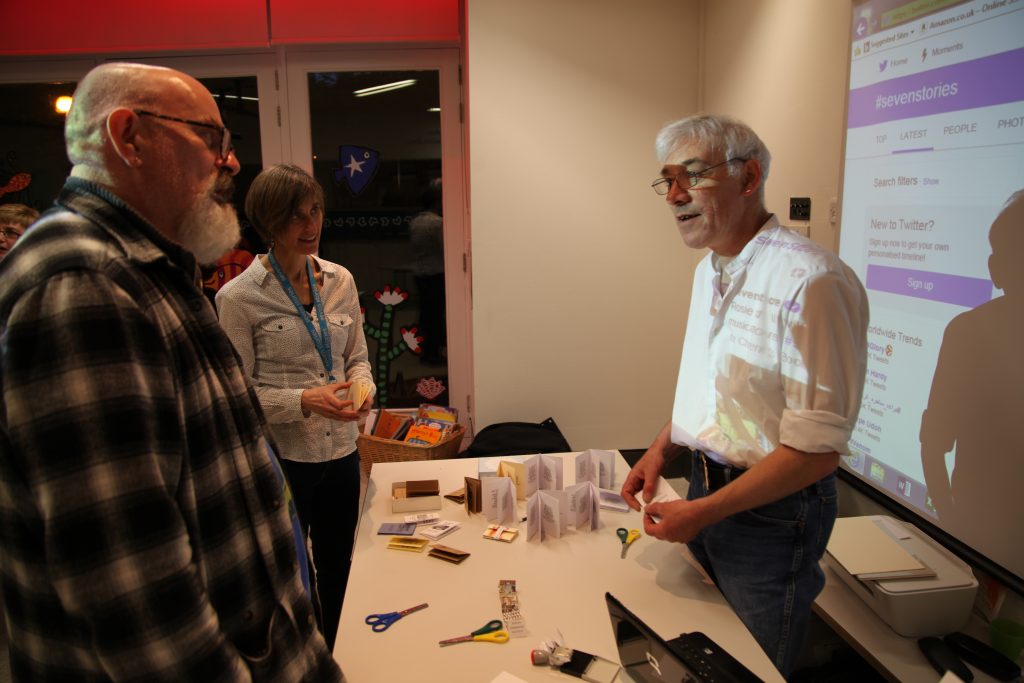
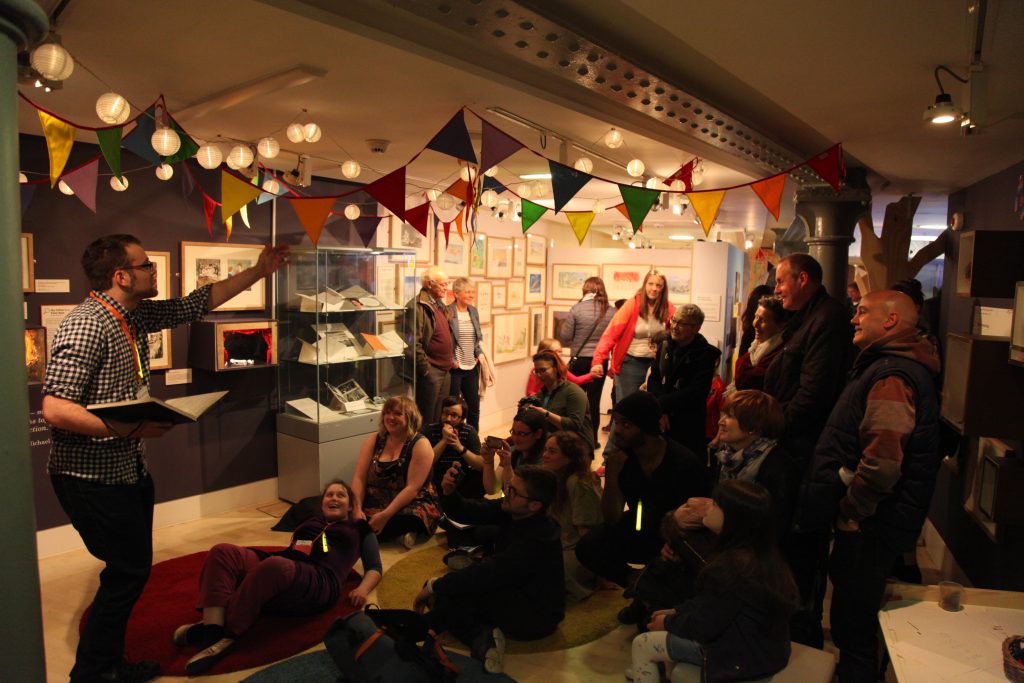
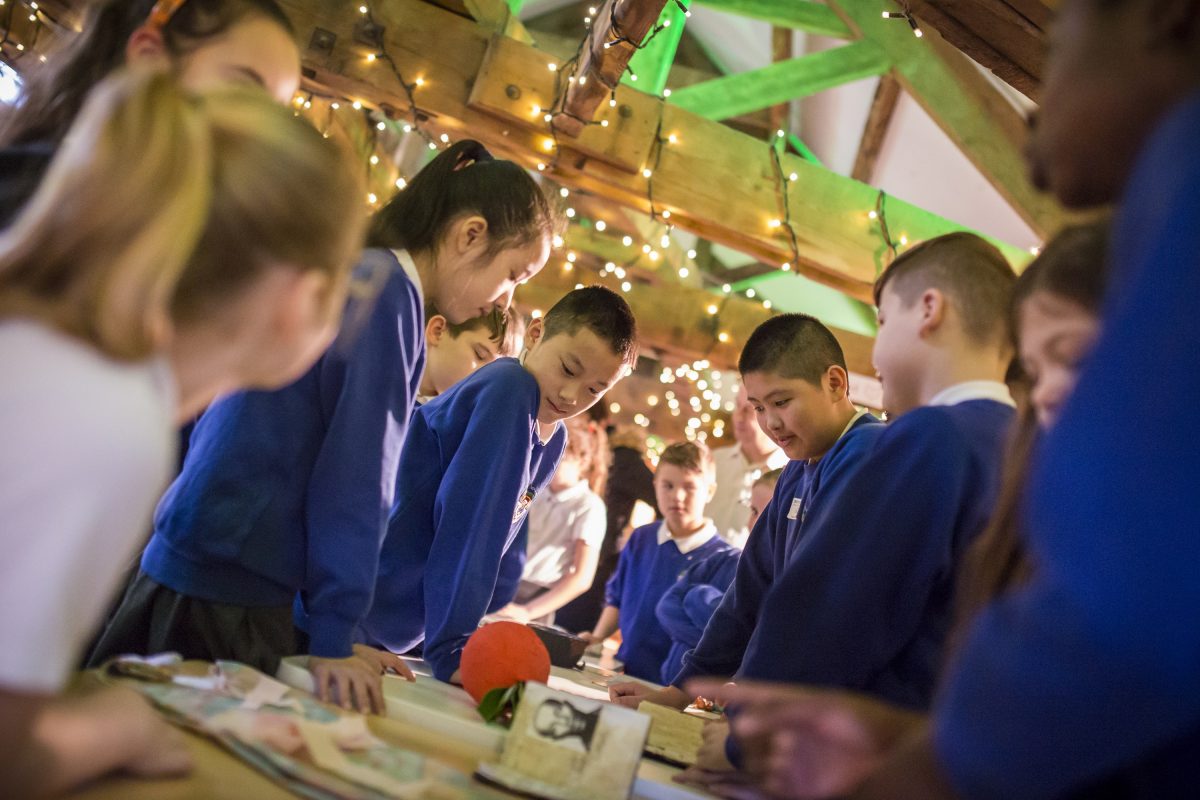
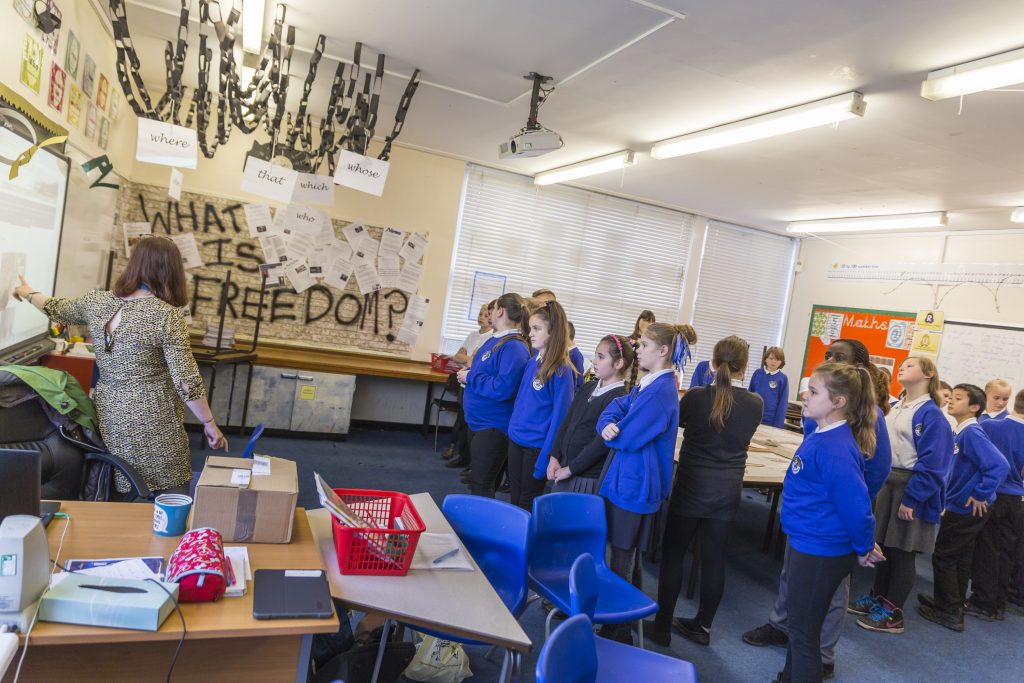
 Seven Stories Learning and Participation Manager Debbie Beeks. Image: Seven Stories, The National Centre for Children’s Books, photography by Richard Kenworthy
Seven Stories Learning and Participation Manager Debbie Beeks. Image: Seven Stories, The National Centre for Children’s Books, photography by Richard Kenworthy
